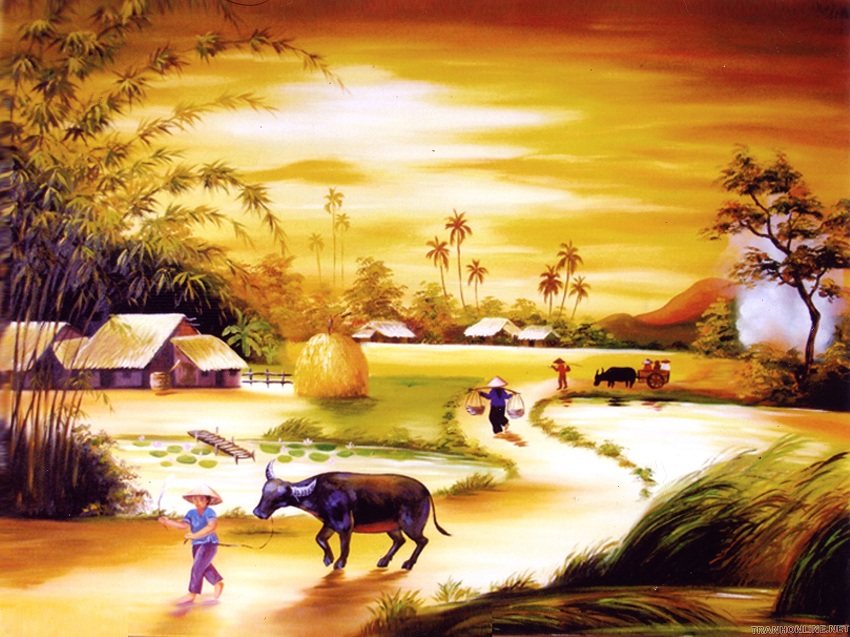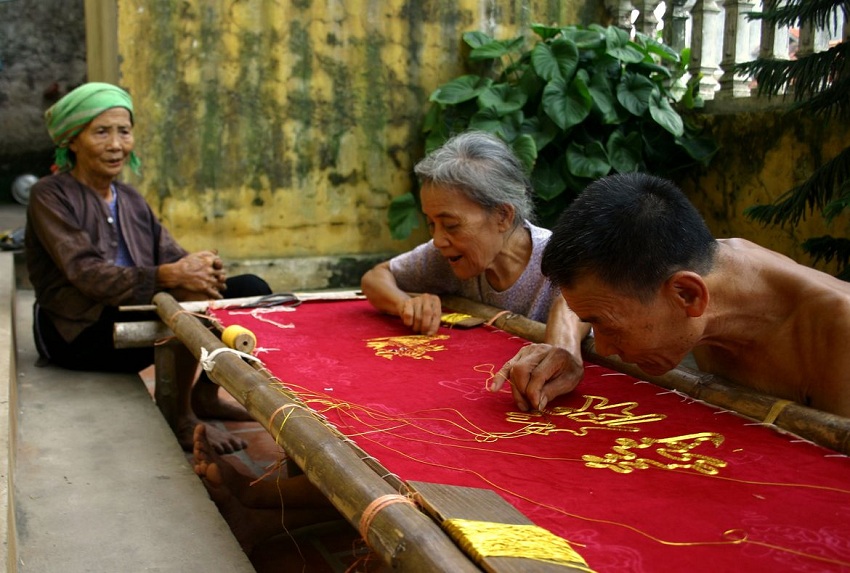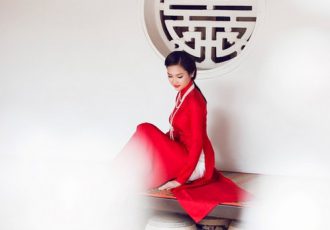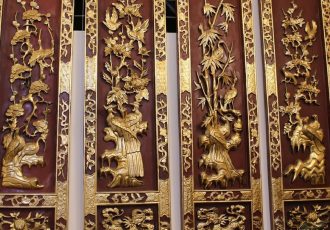An overview of Vietnamese embroidery
Vietnamese embroidery is a profession practiced for a few hundred years already. If it is accepted that this craft has its origin in China, Vietnamese embroiderers are no less gifted in this craft. They would even be better than the Chinese for “passing threads through the fabric and combining colors… “, as Gabriel – a French researcher specializing in the study of oriental cultures – found.
As for Charles Édouard Hocquard, a French explorer passionate about Indochina, made this remark: “Vietnamese embroiderers are very skilled when they arrange colors on a fabric, to create embroidered designs in harmonious and delicate colors… »
A bit of history about Vietnamese embroidery:
The history of the introduction of this profession dates back to the first half of the sixteenth century. During the reign of Emperor Lê Chiếu Tôn (1518-1523), the Vietnamese ambassador Lê Công Hành was sent on a mission to China, to the province of Kouang Toung where he stayed for a few years. This is how he discovered and admired the embroidery of court clothes, parasols, and wall panels executed by the craftsmen of this province.
Having managed to observe them in the middle of work, he was able to unravel their secrets. Back in his country, he made a detailed report to the King who ordered him to return to his village, located in the province of Hà Đông to transmit these precious secrets to the villagers. Le Cong Hanh began to teach the women and men of Thuong Phuc the technique of Chinese embroiderers. Then he taught the inhabitants of the nearby village, Hien luong, the processes of making umbrellas.
This is the beginning of the establishment of this profession in Vietnam. But to develop into a real activity carrying the soul of the country, even before becoming an art, Vietnamese embroidery has gone through several periods marking its different stages of evolution.
During the first period, even a few centuries ago, although Vietnamese embroiderers mastered the techniques well, the motifs remained very influenced by Chinese cultural references. Moreover, the products were stereotypical models: flags and banners, altar curtains, parallel sentences, wall panels as decorations of religious or public buildings, and the motifs were inspired by Taoism. The fact that the Imperial Court imposed rules limiting the freedom of innovation of craftsmen or the possession of a large amount of embroidery was the cause of this situation: the patterns and colours of Chinas with their symbols were transmitted generation after generation.

A new era of embroidery with new technical applications only really began towards the end of the 19th century and the beginning of the 20th century: the use of new fabrics such as local satin silk or Chinese silk, silk crepe, colored flannel; the use of bamboo frames for fixing the fabric, or the application on the fabric of a very thin sheet of paper to draw the patterns to be reproduced… Then, the products gradually reached Hanoi, rising to the rank of highly sought-after products in the capital. The French impact was also felt on these products. A new clientele with different aesthetic tastes has pushed Vietnamese embroidery to renew activities: change of patterns, use of new processes, Especially French and Japanese. It was from this moment that Vietnamese embroidery gained the private sphere: table linen, sheets, decorative panels, cushions, curtains, doors, women’s lingerie, evening dresses, kimonos, etc.

The two wars followed by a long period of the planned economy were a break for this craft in Vietnam. In recent years, fortunately, with the development of fine arts in life and the appearance of new aesthetic needs, and new demands from abroad, Vietnamese embroidery has regained a new vitality. If the villages that make embroidery survive with difficulty, as is the case for many other craft villages, new private or family workshops have managed to make themselves known throughout the country, even outside Vietnam. Embroidered paintings, for example, still appeal to foreign tourists, while high-end embroidered products are increasingly seen in living rooms, next to the most expensive decorative furniture.




